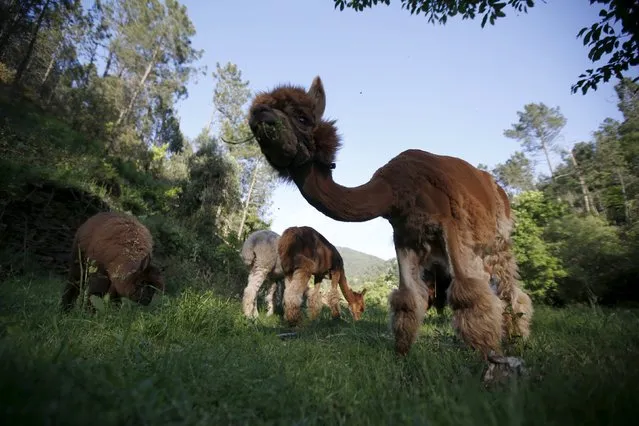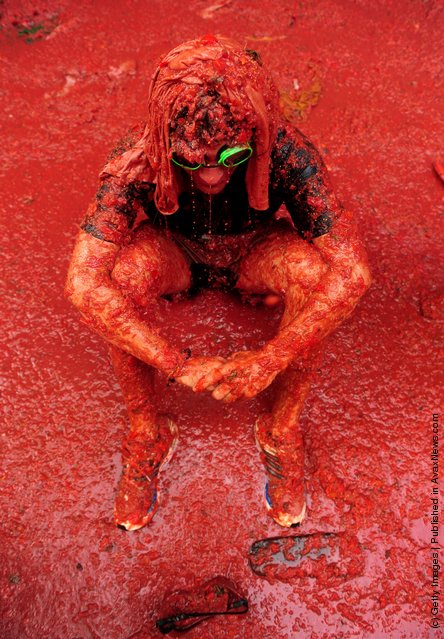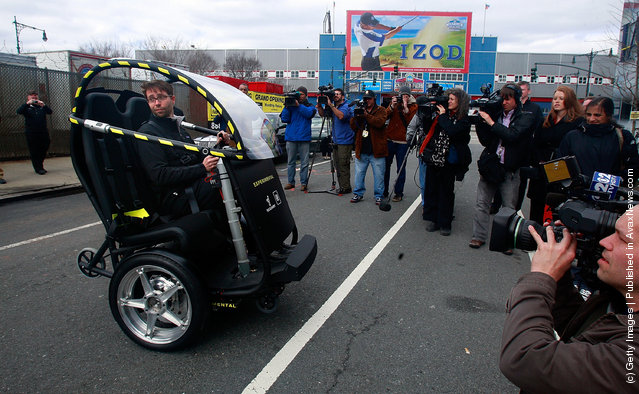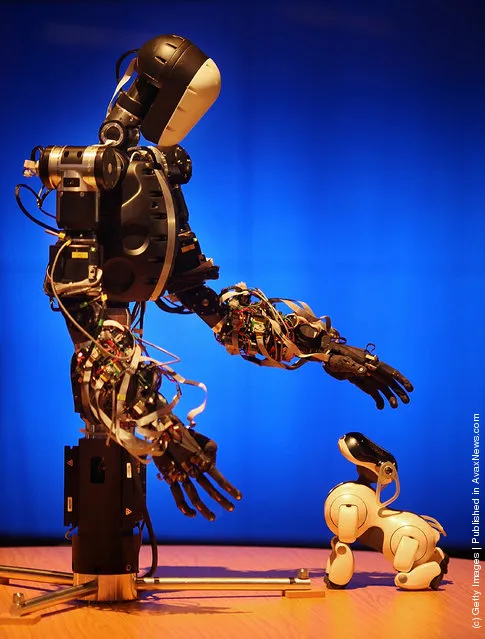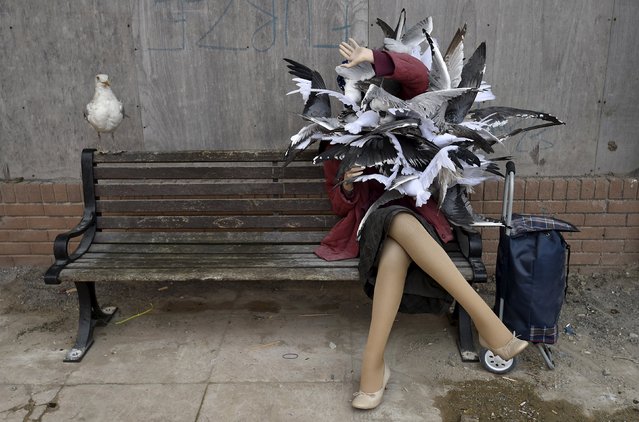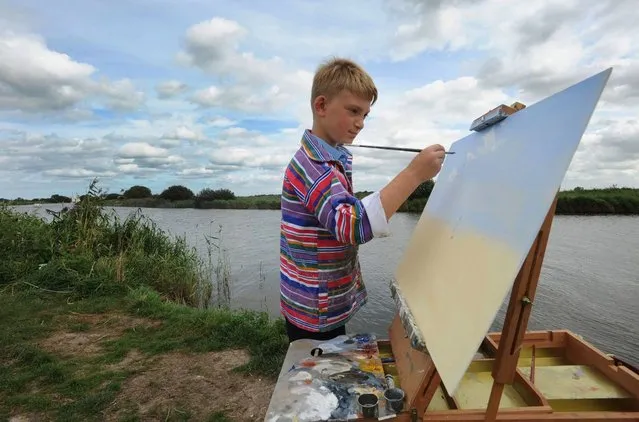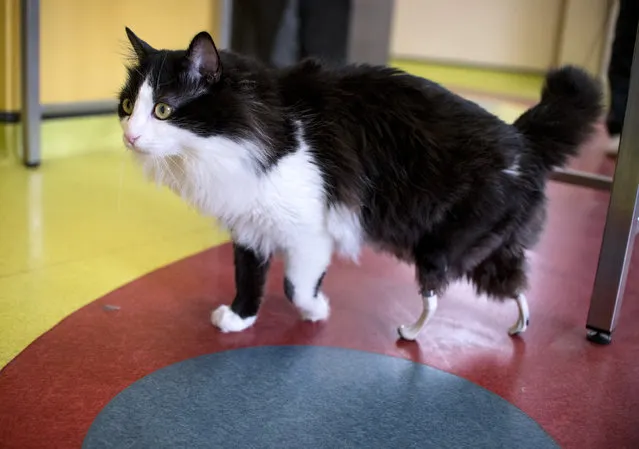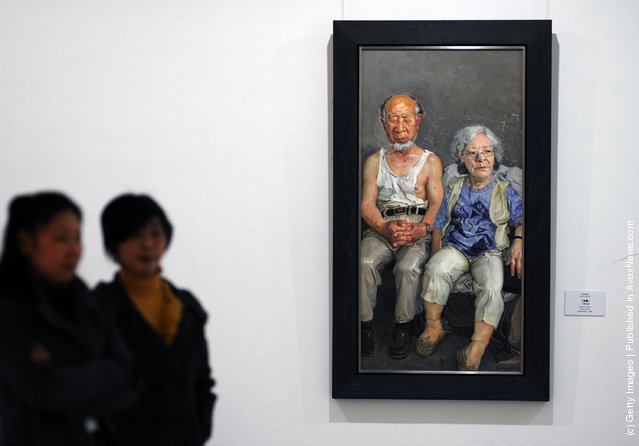
Visitors view the work entitled “Golden Jubilee” by Chinese artist Xin Dongwang at the “Extension and Integration: A Circuit Exhibition In Hubei Of Study on the Modern Chinese Oil Painting” at the Hubei Museum of Art on March 8, 2009 in Wuhan of Hubei Province, China. (Photo by China Photos/Getty Images)
20 Feb 2012 13:24:00,post received
0 comments

